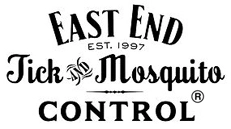Are Ticks Attracted To Certain Scents?
Why do some people never seem to get bitten by ticks, while others are absolute tick-magnets? Are there certain human traits that attract or repel ticks? Yes, there are! By understanding how ticks detect their prey, we can understand why some individuals are more likely than others to attract ticks. Do Ticks Hunt By Smell?…
